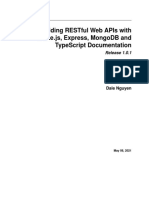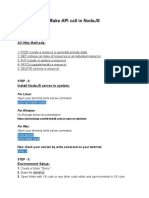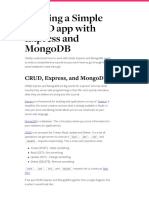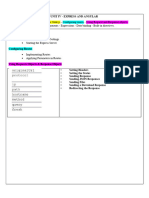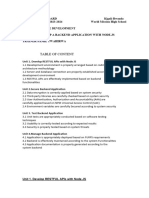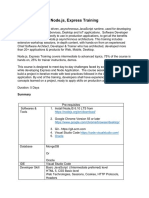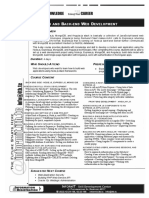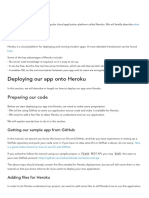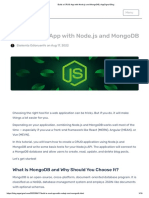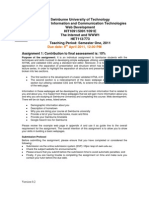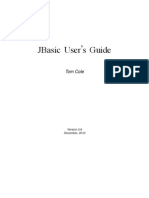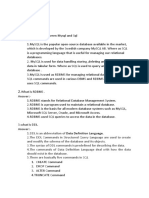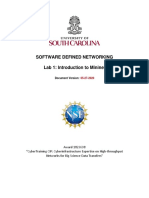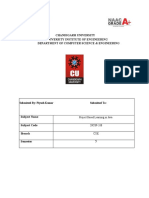0% found this document useful (0 votes)
32 views22 pagesRest Heroku
This document provides a comprehensive guide on deploying a Node.js application to Heroku, including prerequisites such as creating a Heroku account and installing necessary tools. It details the source code structure, how to create a new app, provision a MongoDB database, and implement a RESTful API using Express. Additionally, it covers building a web application with AngularJS to manage contacts, including setting up routes and services for data retrieval.
Uploaded by
Yuri MenezesCopyright
© © All Rights Reserved
We take content rights seriously. If you suspect this is your content, claim it here.
Available Formats
Download as PDF, TXT or read online on Scribd
0% found this document useful (0 votes)
32 views22 pagesRest Heroku
This document provides a comprehensive guide on deploying a Node.js application to Heroku, including prerequisites such as creating a Heroku account and installing necessary tools. It details the source code structure, how to create a new app, provision a MongoDB database, and implement a RESTful API using Express. Additionally, it covers building a web application with AngularJS to manage contacts, including setting up routes and services for data retrieval.
Uploaded by
Yuri MenezesCopyright
© © All Rights Reserved
We take content rights seriously. If you suspect this is your content, claim it here.
Available Formats
Download as PDF, TXT or read online on Scribd
/ 22

